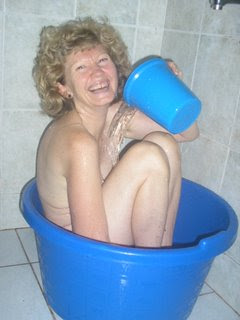In an earlier post , I gave a neat countdown tool from UC Berkeley that gives you 10 minutes to name all the countries.
Now I have found some other fun ways to learn the countries. Owl and Mouse has a free download that lets you drop outlines of the countries onto the map of Africa.
43 things has a challenge that asks you to point to the countries as they are named. And PurposeGames has a similar map with a counter tells you how long you took and colour codes indicate whether it took you 1, 2 or 3 tries to identify it. As you mouse-over different countries, their names appear, and that helps you learn them.
I thought I would do OK on this task because I have learnt the names of all the countries by doing the Berkeley challenge. But so far I keep getting stuck on one of the countries. Where IS Malawi!! (OK, that long thing isn’t a lake, it is a country!). On my latest try, I scored 86% in 3.5 minutes. Definite improvement!
You’ll want a good map so you can study the countries before you take any of these challenges. Here is one from WorldAtlas.com.

Check out new developments in the formation of the East African Community in this item on my blog.
I don’t know about you, but I find it stimulating and expansive to learn new things. Somehow, the world is becoming a clearer place for me now that I know a lot more about Africa. Knowing the shape of the continent and having a better idea about the countries, gives me an indefinably clearer understanding of the issues and news I encounter.
The children at the School of St Jude in northern Tanzania are learning something similar. Their world is expanding as they receive a standard of education that is only possible through the support of people like you and me.
Why don't you take one of these learning challenges and report your score here?
Or you could just click through to the School of St Jude and make a small donation! Go on – make use of the interactivity of the web!
Click here to subscribe to this blog.
















